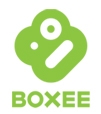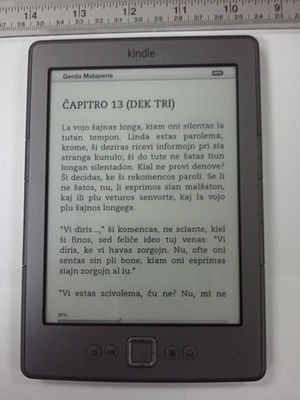
Boxee disappointed us a while back, when they discontinued their software in favor of their hardware solution. From the beginning, their hardware has suffered from problems, and software updates have been too infrequent.
Boxee has been at the forefront of negotiating for the future of unencrypted basic cable. As we previously have written, we aren’t thrilled with the solution the FCC came up with. But now, it is more clear why.
Boxee has announced the $99 Boxee TV. It is a DVR that stores recordings in the cloud(for $15 a month) and uses your antenna/basic unencrypted cable to do so. Â It contains many of the Boxee apps, but not as many as the legacy Boxee box. By the way, they are killing the Boxee Box, except for maintenance updates.
This is just yet another example of Boxee pivoting again, and is bound to fail again. Not because some of their ideas aren’t good. But the Boxee Box attracted Cord Cutters…and it has a mandatory(not optional), $15 a month charge. In order to store in the cloud, you need to transcode and downgrade your HD signal.
And it relies on Cloudee, their cloud video service, to remain in business for the device to work. Boxee doesn’t have the best track record so far on continuing to provide service to its users. Tested did the math and estimated at 2 hours of recorded TV per day, that would be over 50GB uploaded a month at the estimated data rate.
So, to conclude. Don’t buy it. Don’t suggest anyone buy it. Because Boxee and its people will just dissapoint.
Related articles
 Doing the Math on Boxee TV’s Cloud-Based DVR Service(tested.com)
Doing the Math on Boxee TV’s Cloud-Based DVR Service(tested.com)
 Boxee Box Past, Present, and Future(boxee.tv)
Boxee Box Past, Present, and Future(boxee.tv)
 Boxee to offer cloud DVR service, over-the-air channels next month(arstechnica.com)
Boxee to offer cloud DVR service, over-the-air channels next month(arstechnica.com)
 Here comes Boxee TV: A $99 box with over-the-air TV and cloud DVR(gigaom.com)
Here comes Boxee TV: A $99 box with over-the-air TV and cloud DVR(gigaom.com)
 FCC to allow encryption of basic cable, with a few strings that Boxee approves of(engadget.com)
FCC to allow encryption of basic cable, with a few strings that Boxee approves of(engadget.com)
 Boxee Welcomes FCC Rulemaking That Opens Door for Innovation(boxee.tv)
Boxee Welcomes FCC Rulemaking That Opens Door for Innovation(boxee.tv)








































